Polypavement
The trail segment is composed of the stabilizer, Polypavement and is 5 feet wide by 30 feet long. The segment contains timber edging. The Polypavement is applied to a base of compacted native soils and is then mixed into an additional 2 inches of tilled soil. The surface started to show signs of cracking, sinking and softening after the first round of tests when the temperature was still mild and warm (June – August; 100 degree temps). After uncharacteristically heavy rainfall, the surface became the same texture as mud. Upon drying up, the surface remained cracked and was heaving along the full width of the trail. The material just under the surface of the segment, contains cracks and heaving and stayed wet and therefore soft under foot. NCA continued to test the surface to ensure consistency in data collection, despite the initial impression that the Polypavement application was not maintaining itself. It appeared that the top layer of the surface was all that was left of the stabilizer and the remaining surface had returned to its natural soil state. The assumption is that this surface, because of its natural soil base, never got the opportunity to set up properly because it was installed in wetlands where the soil naturally maintains more moisture.

Polypavement is applied to a base of compacted native soils and mixed into an additional 2 inches of tilled soil. July 3, 2007.
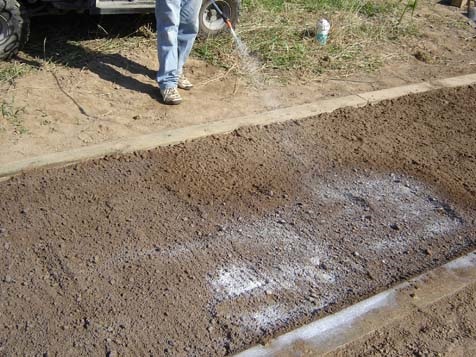
Polypavement is applied to a base of compacted native soils and mixed into an additional 2 inches of tilled soil. July 3, 2007.
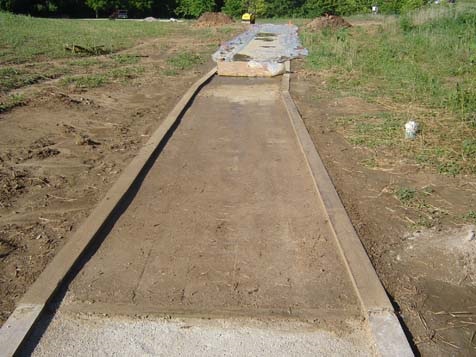
Polypavement trail segment started to show signs of cracking and softening after the first round of tests. July 6, 2007.
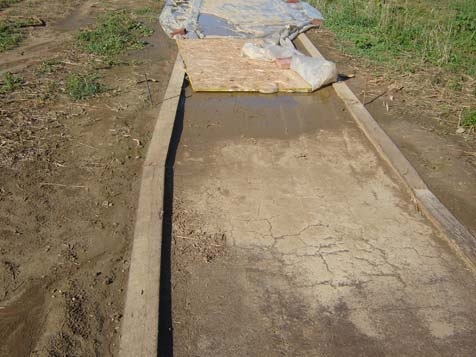
Polypavement trail segment started to show signs of cracking and softening after the first round of tests. July 6, 2007.
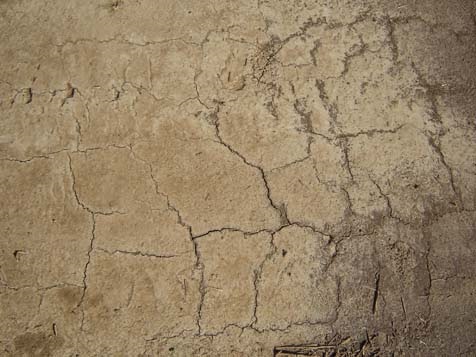
Polypavement trail segment shows cracking. July 6, 2007.
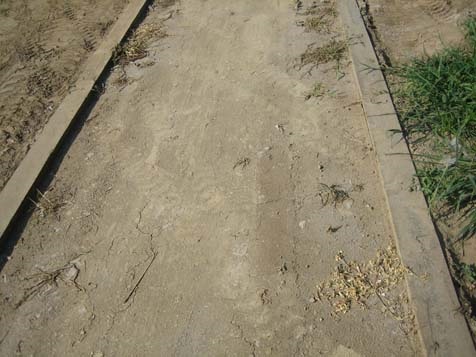
Polypavement trail segment after heavy rains remained cracked. August 9, 2007.
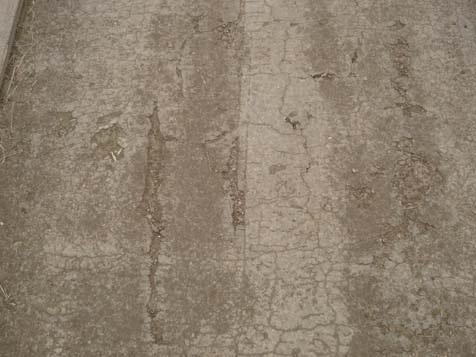
Polypavement trail segment with cracks and heaving along width of trail. October 19, 2007.
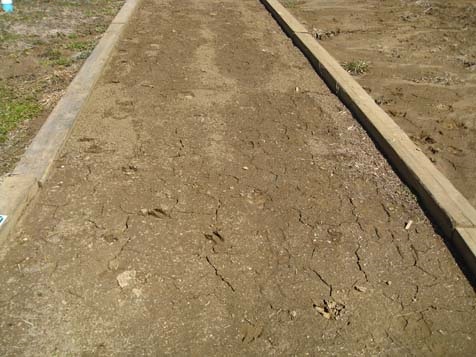
Polypavement trail segment would dry with cracks and heaving after heavy rail. March 13, 2008.
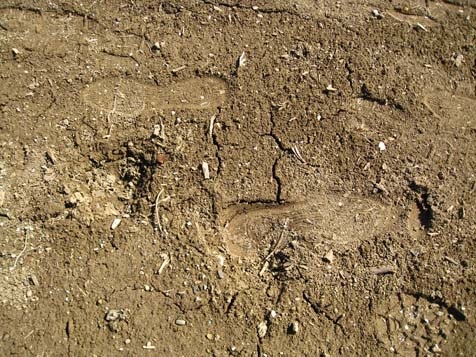
Polypavement trail segment would remain soft underfoot. March 13, 2008.

Polypavement trail segment shows cracks. May 6, 2008.
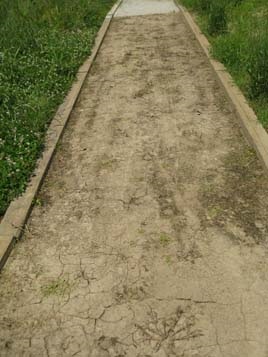
Polypavement trail segment a year after installation shows top layer is all that is left of the stabilizer. June 12, 2008.
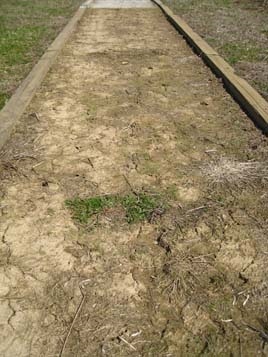
Polypavement trail segment almost two years after installation shows top layer of stabilizer and remaining surface returned to its natural soil base. March 17, 2009.
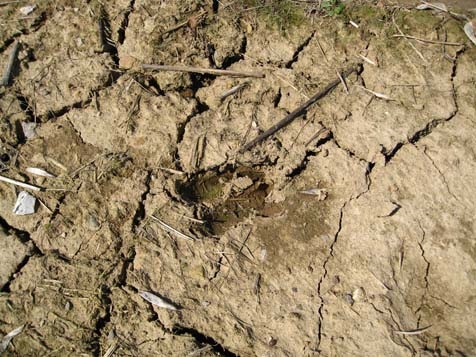
Polypavement trail segment may not have set up properly due to the moist soil of the wetlands. March 17, 2009.
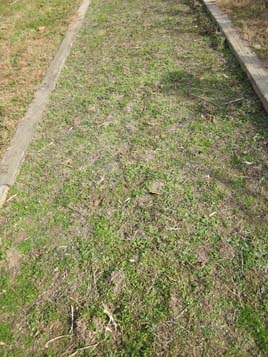
Polypavement trail segment overgrown with vegetation. November 2, 2011.

User Comments/Questions
Add Comment/Question